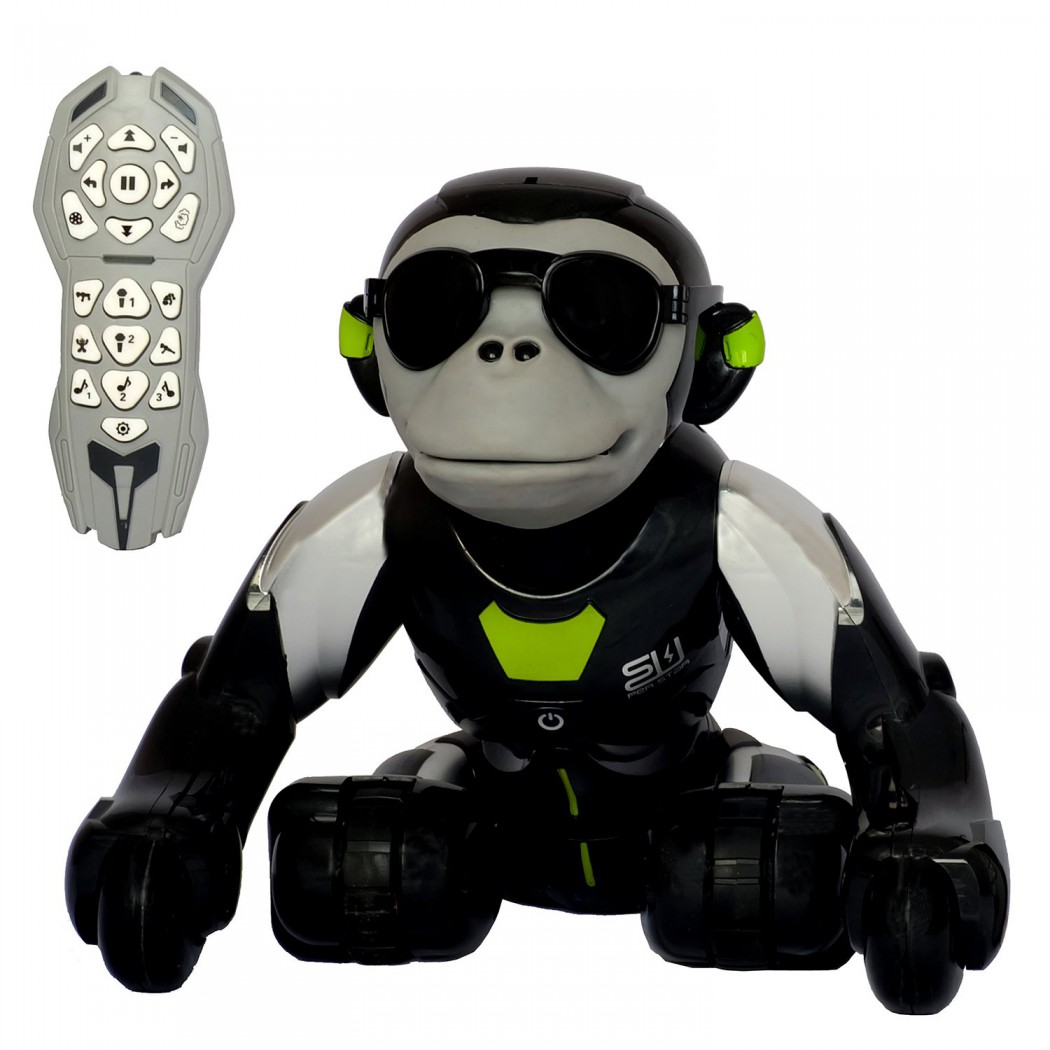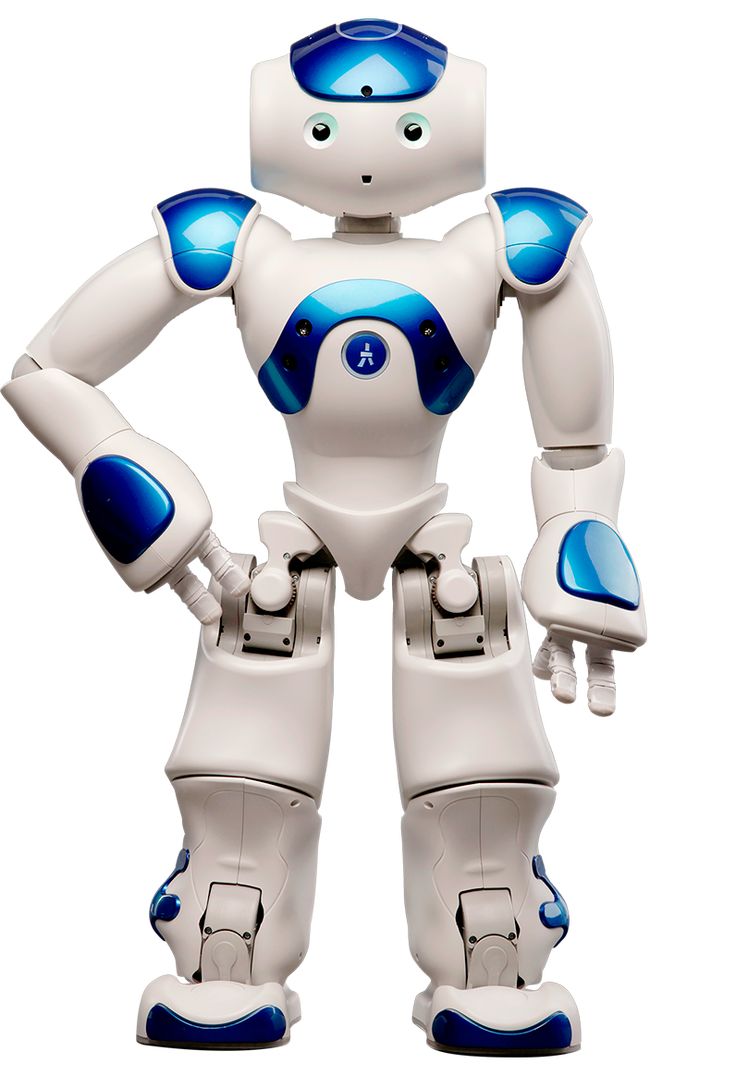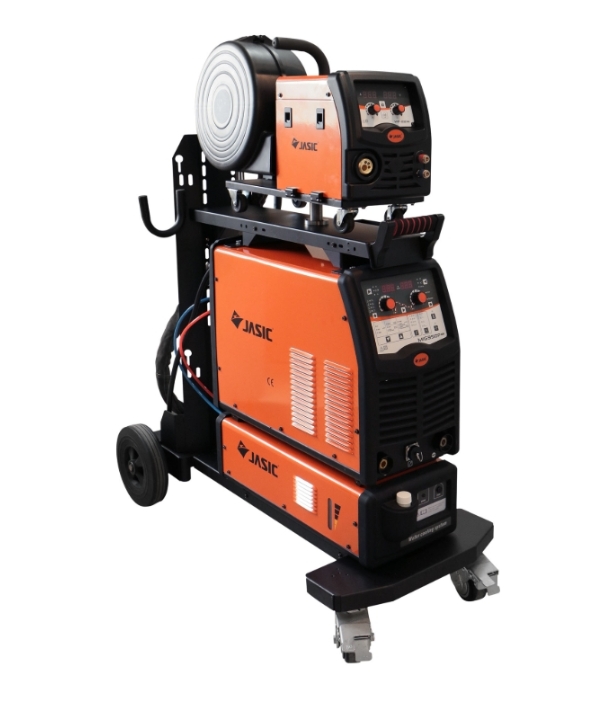In a groundbreaking development that could revolutionize the field of robotics, researchers at The University of Texas at Austin have created the world's first stretchy electronic skin (e-skin) that can equip robots and other devices with the same softness and touch sensitivity as human skin. This remarkable achievement opens up new possibilities for robots to perform tasks that require a high degree of precision and control of force, mimicking the delicate touch of human hands.
Overcoming a Major Bottleneck in E-Skin Technology
Existing e-skin technology has faced a significant limitation: as the material stretches, it loses sensing accuracy, hampering its ability to accurately detect and respond to touch and pressure. However, the new stretchable e-skin developed by the UT Austin research team, led by Professor Nanshu Lu, has solved this longstanding bottleneck.
"Much like human skin has to stretch and bend to accommodate our movements, so too does e-skin," explained Lu, a professor in the Cockrell School of Engineering's Department of Aerospace Engineering and Engineering Mechanics. "No matter how much our e-skin stretches, the pressure response doesn't change, and that is a significant achievement."
A Critical Component for Sensitive Robotic Hands
Lu envisions the stretchable e-skin as a crucial component for creating robot hands capable of the same level of softness and sensitivity in touch as human hands. This technology could revolutionize medical care, enabling robots to perform delicate tasks such as checking a patient's pulse, wiping the body, or massaging body parts with the gentle touch of a human caregiver.
The Pressing Need for Robotic Caregivers
With millions of people worldwide aging and in need of care, the global medical system is facing an unprecedented strain. Robots equipped with this groundbreaking e-skin technology could provide a much-needed solution, offering efficient and gentle care to those in need.
"In the future, if we have more elderly than available caregivers, it's going to be a crisis worldwide," Lu warned. "We need to find new ways to take care of people efficiently and also gently, and robots are an important piece of that puzzle."
Beyond healthcare, human-caring robots with sensitive e-skin could play a vital role in disaster response, searching for injured and trapped individuals in earthquakes or collapsed buildings, and providing on-the-spot care such as administering CPR.
Overcoming the Stretch Challenge
Conventional e-skin technology senses pressure from contact, allowing attached machines to know how much force to use, for example, when grabbing a cup or touching a person. However, when stretched, the e-skin also senses that deformation, creating additional noise that skews the sensors' ability to accurately sense pressure. This could lead to robots using too much force, potentially causing damage or harm.
The UT Austin researchers' breakthrough lies in an innovative hybrid response pressure sensor that combines both capacitive and resistive responses to pressure. By perfecting these sensors and combining them with stretchable insulating and electrode materials, the research team achieved an e-skin innovation that maintains accurate pressure sensing even when stretched.
Demonstrations and Applications
In demonstrations, the stretchability of the e-skin allowed the researchers to create inflatable probes and grippers that could change shape to perform a variety of sensitive, touch-based tasks. The inflated, skin-wrapped probe was used on human subjects to accurately capture their pulse and pulse waves. The deflated grippers could conformably hold onto a tumbler without dropping it, even when a coin was dropped inside. The device also pressed on a crispy taco shell without breaking it, showcasing its delicate touch capabilities.
Moving Forward with Robotic Integration
Lu and her team are now working towards integrating their groundbreaking e-skin technology into practical applications. They are collaborating with Roberto Martin-Martin, an assistant professor at the College of Natural Sciences' Computer Science Department, to build a robotic arm equipped with the stretchable e-skin.
The researchers and UT Austin have filed a provisional patent application for the e-skin technology, and Lu is open to collaborating with robotics companies to bring this game-changing innovation to market, paving the way for a future where robots can truly mimic the gentle touch and precision of human hands.














